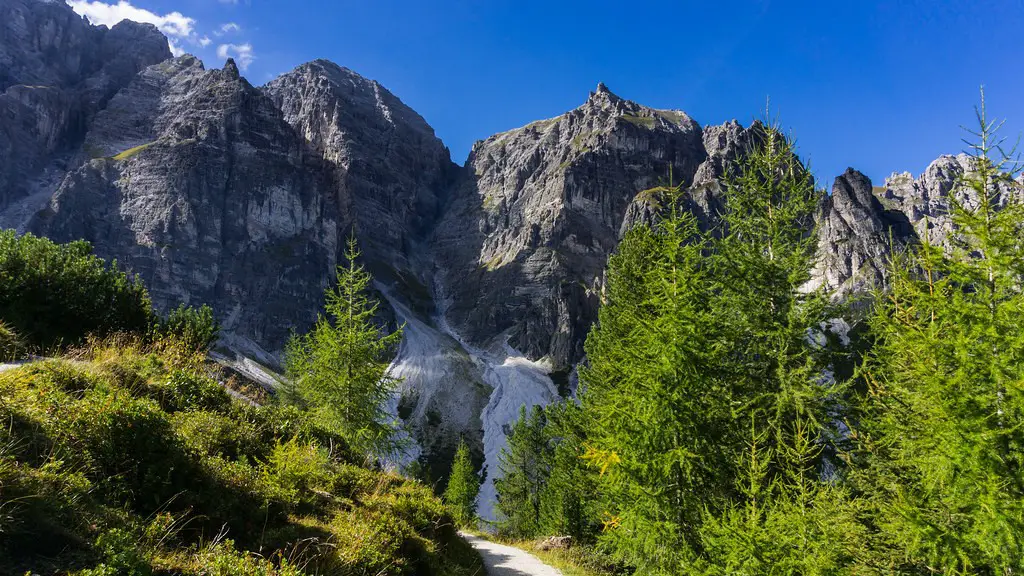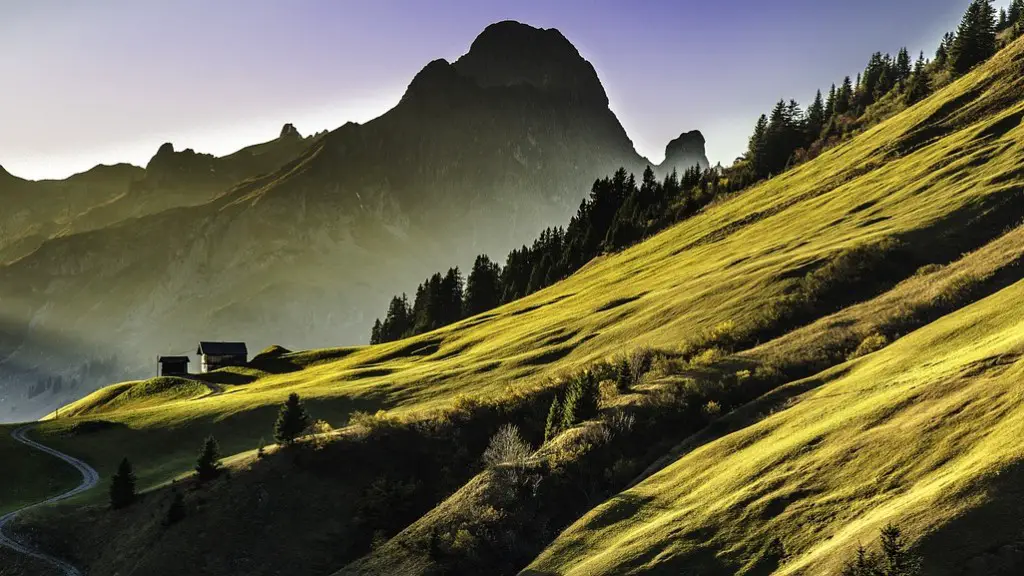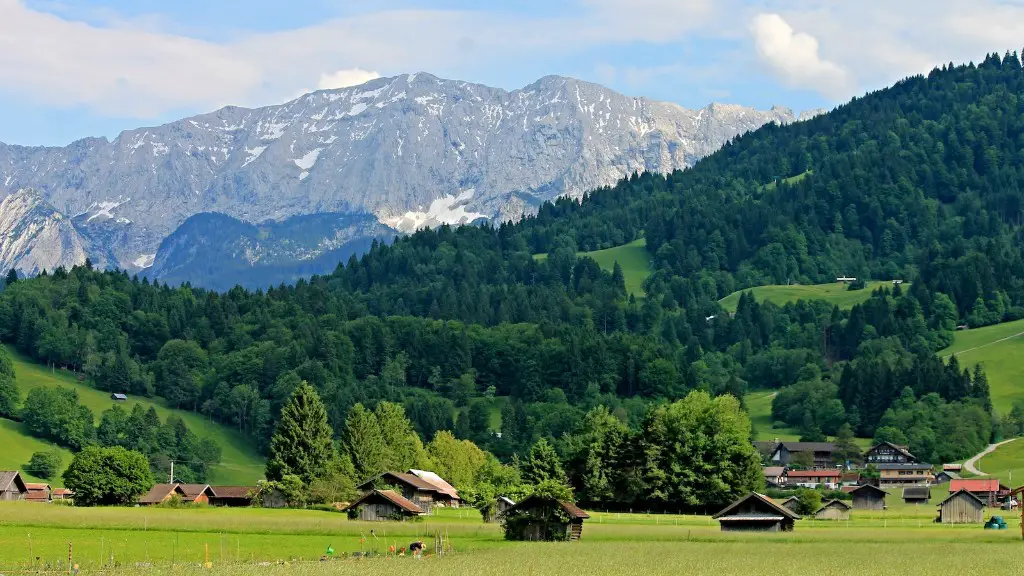Mount Fuji is Japan’s most sacred mountain. It is also the country’s tallest mountain, reaching a height of 12,388 feet. The mountain is located on the island of Honshu, about 60 miles southwest of Tokyo. Mount Fuji has been a popular destination for pilgrims and tourists for centuries. The mountain is considered to be a symbol of Japan and is often depicted in art and literature.
There are a number of reasons why Mount Fuji is considered sacred by the Japanese. For one, the mountain is an important part of Japanese mythology and has been the subject of numerous folktales over the years. Additionally, Mount Fuji is home to a number of important shrines and temples, which add to its religious significance. Finally, the mountain is simply a beautiful and awe-inspiring natural wonder, and many people feel a deep spiritual connection to it. All of these factors combine to make Mount Fuji a very special and sacred place for the Japanese.
Why is Mount Fuji important to Japanese?
Japan’s Mount Fuji is a sacred mountain that symbolizes the country’s quest for beauty and perfection. For centuries, the mountain has been a source of inspiration for Japanese artists and a site of pilgrimage for Buddhist monks. Today, Mount Fuji is a popular tourist destination and a national icon.
Mt Fuji has long been revered as a sacred mountain, not only for its exceptional beauty, but also for its violent eruptions. In antiquity, the Japanese worshipped Mt Fuji from afar, erecting the Asama Shrine at its foothills to pray for an easing of the eruptions.
What is the spiritual and cultural significance of Mount Fuji
Fujisan is an active volcano in Japan that is considered sacred by many. The mountain has been a site of religious worship for centuries, and its eruptions have been seen as signs from the gods. Today, Fujisan is still a popular destination for pilgrims and tourists alike.
The volcano is regarded as a sacred kami or spirit in the Shinto religion, specifically that of Princess Konohanasakuya-hime (aka Fuji-hime or Sengen), and climbing its slopes is considered an act of pilgrimage for followers of that faith. It is believed that the kami dwells within the volcano and that it is a place of great power. Climbing the volcano is seen as a way to connect with the kami and to receive its blessings.
What is the Japanese legend about Mount Fuji?
Fuji is a Japanese folklore about a woodsman who was awakened by a loud noise he thought was an earthquake. When he checked near his house, he saw that in the land that used to be flat appeared a mountain. The woodsman was amazed by the mountain’s mysterious existence that he called it Fuji-yama or the Never-Dying Mountain.
1. Mount Fuji is three volcanoes in one.
2. Women were forbidden to climb it until 1868.
3. It is a sacred mountain.
4. It was first climbed by a monk.
5. It is a symbol of Japan.
6. It is an active volcano.
7. It last erupted in 1707.
8. It is surrounded by five beautiful lakes.
9. The views from the summit are incredible.
10. It is an amazing experience to climb Mount Fuji.
Why are mountains important in Japanese culture?
For thousands of years, mountains have been revered as sacred places in Japanese culture. This is due to the strong connection between the Shintō religion and nature. Mountains are seen as places of great spiritual power, and many people believe that they are the home of the gods. In Shintō, it is believed that the gods created the first humans, and that they continue to live in the mountains. For this reason, many people make pilgrimages to mountain shrines and temples in order to pray and offer gifts to the gods. There is a great sense of respect and awe associated with mountains, and they are often seen as places of great beauty and peace.
Mount Fuji is an important part of Japanese mythology and Konohanasakuya-hime is the goddess who governs it. All volcanoes in Japan are under her protection and she is also known as the blossom-princess. The sakura (cherry blossom) is her symbol and she is often seen as a representation of Japanese life. Konohanasakuya-hime is a kind and gentle goddess who loves all of her children equally.
What is Mount Fuji origin story
This ancient event is responsible for the formation of Mount Fuji as we know it today. The original Fuji mountain was formed by a large amount of lava that erupted from its west side. This lava then formed the new Fuji, which is the main body of Mount Fuji. Since then, the tops of the ancient Fuji and the new Fuji have been side by side.
The Japanese word “Fuji” has two different meanings. One interpretation is “peerless one”, meaning that the volcano is one of a kind. The other interpretation is “deathless”, which reflects the Taoist belief that the volcano holds the secret to immortality. Regardless of which meaning you choose to believe, there is no denying that Mount Fuji is an incredibly special and unique place.
How many deaths did Mount Fuji cause?
The eruption ejected 08 cubic km of ash, blocks, and bombs. Five historic eruptions have caused damage, including the 1707-1708 eruption, but no fatalities. Fuji had two large eruption (VEI=5) in 1050 and 930 BC.
The blue color in this beer is due to the use of Spirulina, a blue-green algae, and blueberry. The officially titled Blue Mt Fuji Nama uses natural water from Mt Fuji, and is characterized by a fruity hop aroma and citrus and berry flavors.
What is beautiful about Mount Fuji
Mt Fuji is certainly one of Japan’s most iconic and well-loved landmarks. Its unrivaled beauty and perfectly cone shape have made it a popular subject for artists and writers over the centuries, and it is now known all over the world as a symbol of Japan. Whether you’re lucky enough to see it in person or not, Mt Fuji is definitely an impressive sight that is sure to leave a lasting impression.
The Yamagata Prefecture in Japan’s Tohoku region is home to the Sacred Mountains of Dewa—Mt Haguro, Mt Gassan, and Mt Yudono—which are highly revered in Shugendo, the practice of mountain asceticism unique to Japan. Shugendo is a form of Buddhism that combines elements of Buddhism, Taoism, and Shinto, and focuses on the achievement of spiritual enlightenment through ascetic practices such as fasting, meditation, and marches up and down mountains. The Sacred Mountains of Dewa are considered to be the center of Shugendo, and pilgrims from all over Japan come to these mountains to take part in the ascetic practices.
Who is the Japanese god of the earth?
Dojin is one of the essential gods in Japanese mythology and is often worshipped alongside other deities. He is typically depicted as a young man with a large head and stocky build. On his head he wears a firm, conical hat symbolizing his role as a guardian of the land. In his hand he carries a wand or rod with which he can command the earth. Dojin is the god of earth, land, and soil, and is responsible for the fertility of the land. He is also a protector of the people, and is often invoked in times of disaster. Dojin is a popular god, and there are many shrines and temples dedicated to him throughout Japan.
According to Shinto mythology, Amaterasu was born from the left eye of Izanagi, the creator god. She emerged with her brother Tsukuyomi, the moon god, and Susanoo, the god of storms, from the cosmic inverted bowl of the heavens. When Susanoo rashly destroyed the rice fields of heaven, Amaterasu was so enraged that she withdrew into a cave and blocked its entrance with a huge rock. The resulting darkness covered the land, and the gods sent a number of other deities to try to persuade her to come out. When the goddess Ame-no-Uzume hung a mirror and danced provocatively in front of the cave, Amaterasu was curious and peeked out to see her own reflection. The sight of her own beauty caused her toemerge from the cave, and with her light the world was once again filled with light.
Amaterasu is usually depicted as a beautiful woman wearing a white kimono and carrying a bow and arrows. She is also sometimes represented as a mirror, which is a symbol of her ability to bring light and truth to the world.
Conclusion
Mount Fuji is a sacred mountain to the Japanese people. It is the highest mountain in Japan and is considered to be a symbol of the country. Mount Fuji has been revered by the Japanese people for centuries and is considered to be a sacred place.
The mountain is considered the home of the kami (gods or goddesses) and is therefore seen as a holy site. The mountain is also a symbol of Japan itself and is often depicted in art and literature. The mountain is a popular destination for hikers and climbers, and its beautiful scenery is a popular subject for artists and photographers.





